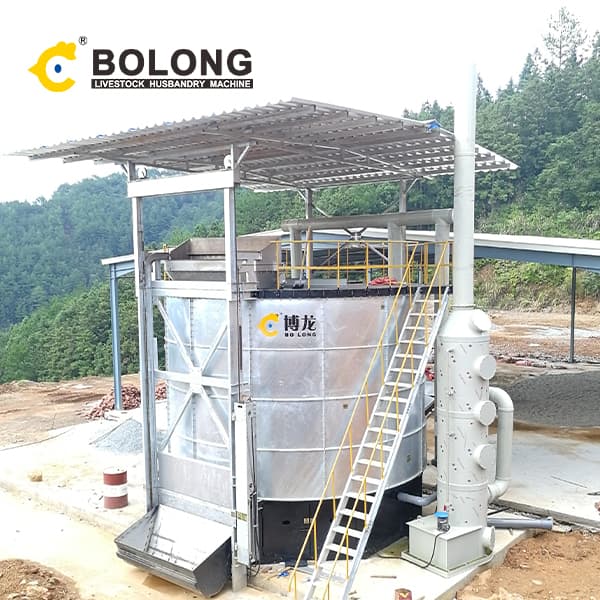
Aug 21, 2023 · Precise Temperature Control: Jacketing and insulation collaborate to enhance cold-crashing efficiency and minimize energy loss, underscoring a commitment to temperature management. Effective Fermentation: The fermenter’s geometry optimizes fermentation, curbing temperature stratification and enabling efficient yeast collection.
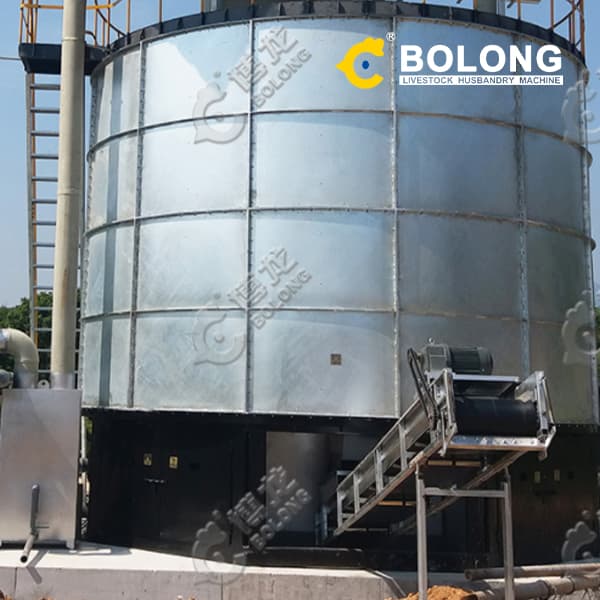
The temperature in the biogas reactor affects the volume of biogas produced and the technological time of biomass fermentation. Use of the renewable energy sources to cover the heat demand in cold period, particularly to ensure the mesophilic and thermophilic fermentation process as acceptable measure in the context of sustainable development.
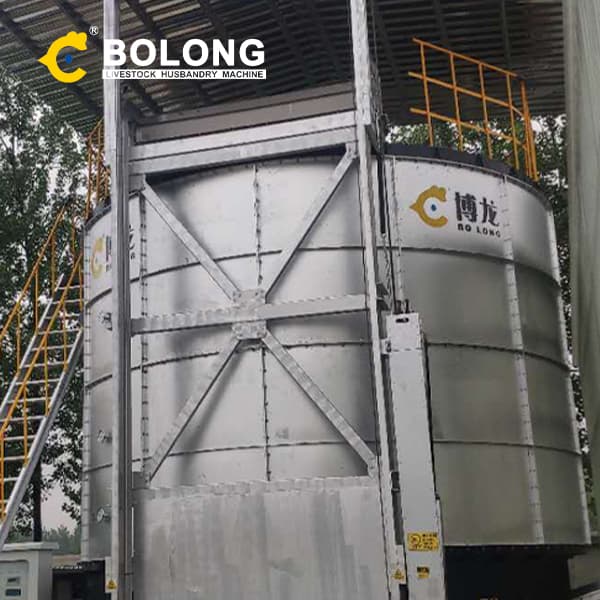
Brewery fermentation tanks are specialized vessels designed to facilitate the fermentation process during beer production. They provide a controlled environment where yeast can convert fermentable sugars from malted grains into alcohol and carbon dioxide.

Feb 28, 2024 · Craft breweries: They offer a space-saving and cost-effective solution for breweries with limited space or resources. Cider production: The carbonation control feature makes unitanks ideal for producing sparkling cider. Kombucha brewing: These tanks can be used for fermentation, carbonation, and even serving kombucha on tap.
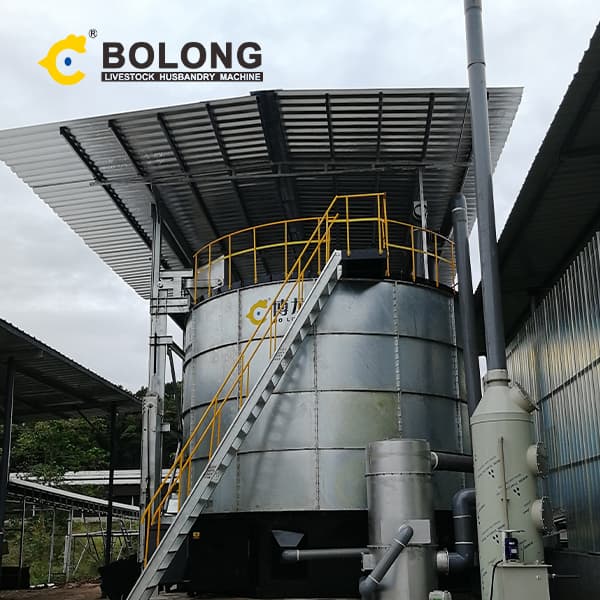
Jan 10, 2024 · Efficient water use in steel tank fermentation does not only contribute to environmental protection, but it also reflects on the industry’s commitment to sustainable practices. While not directly quantified here, your understanding of water efficiency is essential when considering the sustainability of steel fermentation tanks.
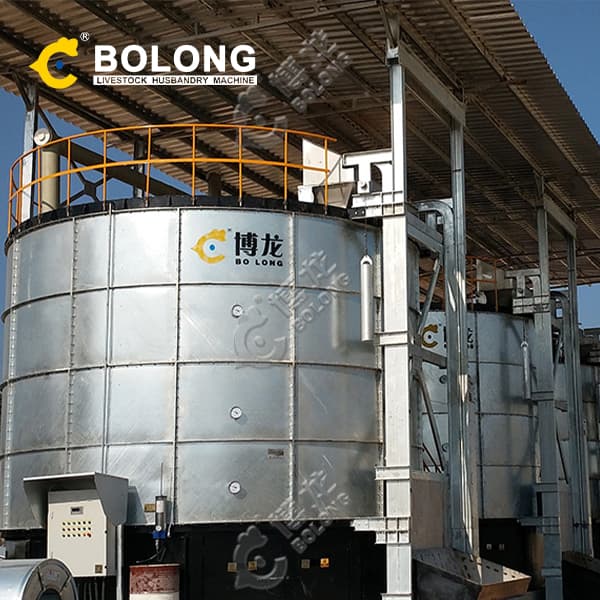
Sep 15, 2023 · The production of lactic acid by AF has significant advantages such as low substrate cost, low production energy consumption and fewer pollution problems. At present, about 90% of lactic acid in the world comes from AF (Wang et al., 2015). The fermentation of lactic acid can be divided into homo-fermentation and hetero-fermentation.

Apr 2, 2024 · Precision Control: One of the primary benefits of 100-gallon fermentation tanks is their ability to provide precise control over the fermentation process. Brewers and winemakers can monitor and adjust factors such as temperature, agitation, and aeration to ensure optimal conditions for yeast activity and flavor development.
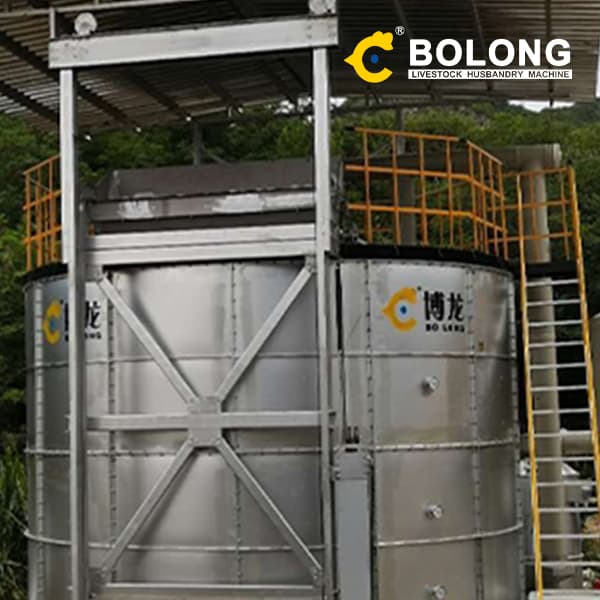
Jul 25, 2023 · Energy Efficiency Breweries are increasingly adopting sustainable practices to reduce energy consumption during fermentation. We will highlight some eco-friendly initiatives.
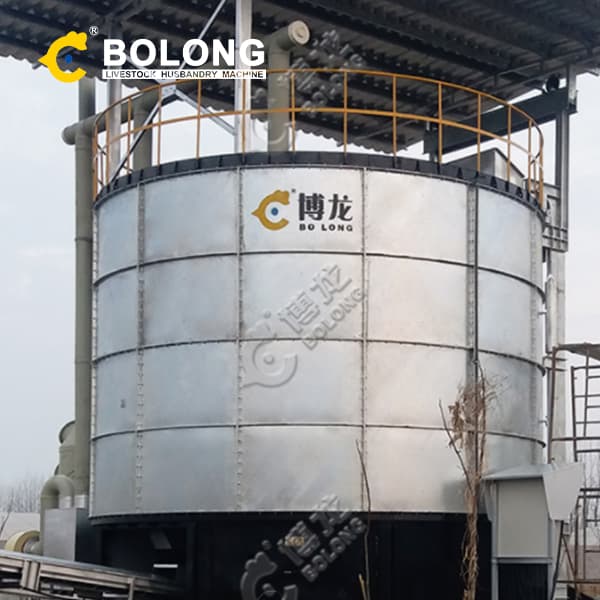
Apr 17, 2023 · The Brewing Process. Before we explore the ins and outs of 100bbl fermentation tanks, it’s essential to understand the beer brewing process. Here’s a brief overview of the steps involved: Mashing. First and foremost, mashing takes center stage. In this crucial step, brewers mix milled grain with water, creating a mash.
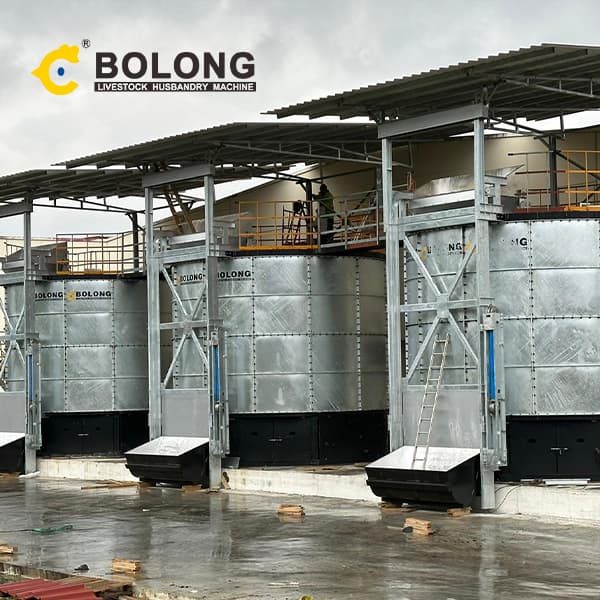
Jul 1, 2010 · During the process, energy of circa 550 kJ/kg of glucose is released [2][3][4] [5] in the fermentation process, which has to be removed from the tanks in order to avoid increasing the temperature
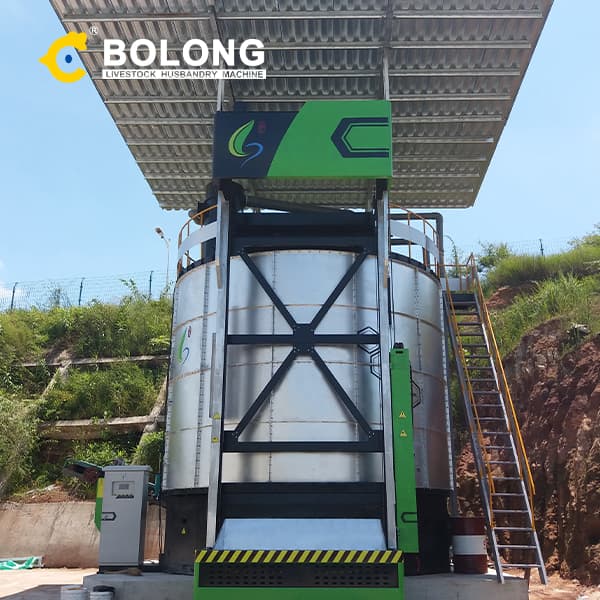
Aug 15, 2023 · A large fermentation tank can handle significant quantities of beer, allowing brewers to meet growing market demands without compromising on quality. 3. Efficient Use of Space: Modern fermentation tanks, especially the cylindroconical ones, combine the fermentation and maturation processes into a single vessel. This not only streamlines the

Feb 23, 2024 · Commercial fermentation tanks enable large-scale beverage production with capacities ranging from a few barrels to thousands of barrels. They are constructed from stainless steel or other approved materials that resist corrosion from acidic products. Tanks can be customized with accessories like temperature controllers, cooling jackets

This includes the use of recycled stainless steel, energy-efficient cooling systems, and designs that reduce water consumption and waste production. Customization : There is a growing demand for customizable fermentation tanks that can be tailored to specific brewing processes and requirements.

Jan 1, 2021 · The comparative analysis comprises three phases: tank building, wine fermentation, and tank dismantling (at the end of the tank lifetime). It is important to mention that the inventory data was obtained from primary sources, as well as from a lesser extent through estimations (calculation of energy consumption in refrigeration). Furthermore, if the

Nov 10, 2022 · As Solid Oxide Fuel Cells (SOFC) can directly use methane instead of hydrogen, the fuel cell generation was chosen over internal combustion generators due to a number of advantages, namely reduction of conversion stages, transformation of the fuel into energy in a single stage and a high efficiency of electrical conversion (Guilera et al., 2020).